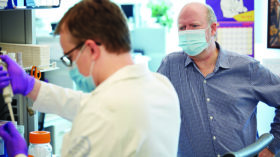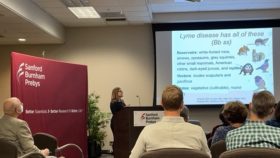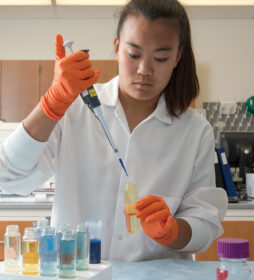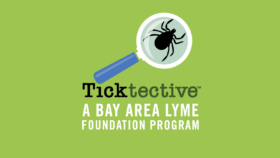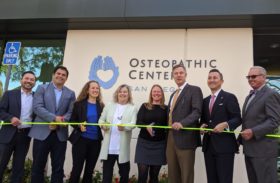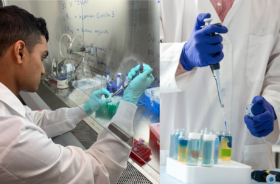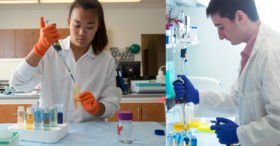FOR IMMEDIATE RELEASE
Calling All Scientists: Bay Area Lyme Foundation Now Accepting Applications for 2022 Emerging Leader Award
Grant aims to inspire new research for the diagnosis and treatment of Lyme disease
PORTOLA VALLEY, California, December 6, 2021—Bay Area Lyme Foundation, a leading sponsor of Lyme disease research in the US, is announcing a call for entries for their 2022 Emerging Leader Awards (ELA), which recognize U.S. researchers from academia or the private sector who bring new approaches to the field of Lyme disease and embody the future of Lyme disease research leadership. At least two grants in the amount $100,000 each will be awarded. Proposals must have a defined scientific approach and rationale that can advance diagnostics or treatments for Lyme disease, and applicants are encouraged to bring innovative learnings from other therapeutic areas to their research projects. Applications will be accepted through March 15, 2022, at midnight Pacific Time. The full criteria and application for this grant award can be found here.
“The world is seeing firsthand the damage that infections can cause—both in acute and chronic forms. Just has COVID has encouraged collaboration, we hope that existing Lyme scientists as well as scientists from other disease areas will apply for this grant, offering new hypotheses and technologies to diagnose and treat Lyme and other tick-borne disease,” said Wendy Adams, research grant director, Bay Area Lyme Foundation.
